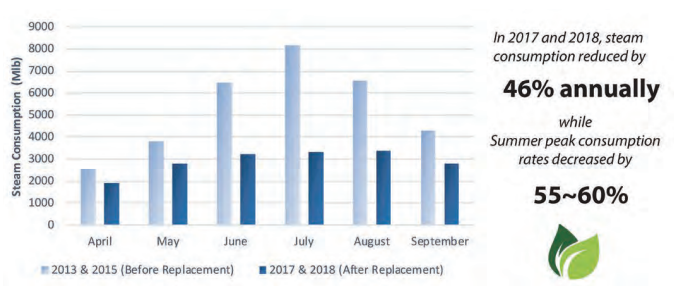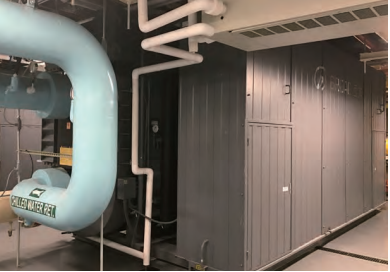Project Background
Wall Street Plaza is an investment office building with commercial and banking facilities located at 88 Pine Street in the Financial District of Lower Manhattan, only one block away from the Wall Street. Built in 1973, the building was designed by the well-known Chinese-American architect I. M. Pei and his firm.
It has won many awards including the American Institute of Architects: National Honor Award. Wall Street Plaza has 32 stories with approximately 624,000 rentable square feet, offers prime building access with several metro stations in walking distance, and easy access to the Brooklyn Bridge and Whitehall Ferry Terminal. It also has a myriad of escapes for lunch or after hours within walking distance, such as Battery Park, museums, Pier 16, the viewing point of Statue of Liberty and etc.
Wall Street Plaza is owned by Orient Overseas (International) Co., Ltd, a Hong Kong listed company. Orient Overseas Limited was founded by the late shipping magnate Haoyun Dong and was later acquired by COSCO Shipping.
System Background
In 2012, the superstorm Sandy swept across the east coast of the United States, leaving millions of people without water and power and killed at least 147 people. Causing an estimated $70.2 billion in damages, Sandy became one of the most costly natural disasters in U.S. history.
New York was severely affected by Sandy, particularly New York City. The public transportation system was paralyzed, Wall Street Financial District in lower Manhattan was flooded with darkness and the New York Stock Exchange closed for two consecutive days.
Wall Street Plaza was also hit hard. Its mechanical room on the basement floor was soaked in flood and equipment was seriously damaged. In 2016, Wall Street Plaza began its renovation project.
In order to improve energy efficiency and reduce operating costs, the designer decided to replace the old single-stage steam chillers with two BROAD two-stage steam chillers, providing total 1,600 tons of cooling for the whole building in summer.
Project Value
In this project, BROAD replaced two aged single-stage absorption chillers with its high-efficiency two-stage chillers, which more than doubled the energy efficiency. In 2017 and 2018, the summer steam consumption of Wall Street Plaza was reduced by 46% compared to before the replacement, especially during the peak cooling period, the steam consumption was reduced by 55-60%, and cut steam bills by over 200,000 USD annually.

The Comparison of Steam Consumption Before & After
Building on Steam Cooling
Many leading architects, engineers, developers, and property owners are building on steam for cooling because of the efficiency, flexibility and reliability of
steam absorption chillers, especially for buildings with existing steam-powered heating. Using steam as a heat source for cooling during the summer can help reduce electric-peak demand, therefore helping to reduce overall operating costs.
Benefits of Steam Absorption Cooling:
● Bring steam system reliability into the cooling solution;
● Avoid electric demand charges at peak rates;
● Alleviates electric capacity at peak periods for alternate use;
● Lower risk of interrupted electric service from system strain in peak periods (within buildings and within regions);
● Steam chiller provides economical “on demand” supply of chilled water as opposed to storage systems;
● Use water as refrigerant, effectively reduce ozone pollution in summer;
● No special certifications required for operators of steam absorption chiller
Equipment Information
BROAD Absorption Chiller

Model: Two-stage steam chiller BS250 x 2
Cooling Capacity: 800 RT/unit
Heat Source: District steam
Photo Gallery



